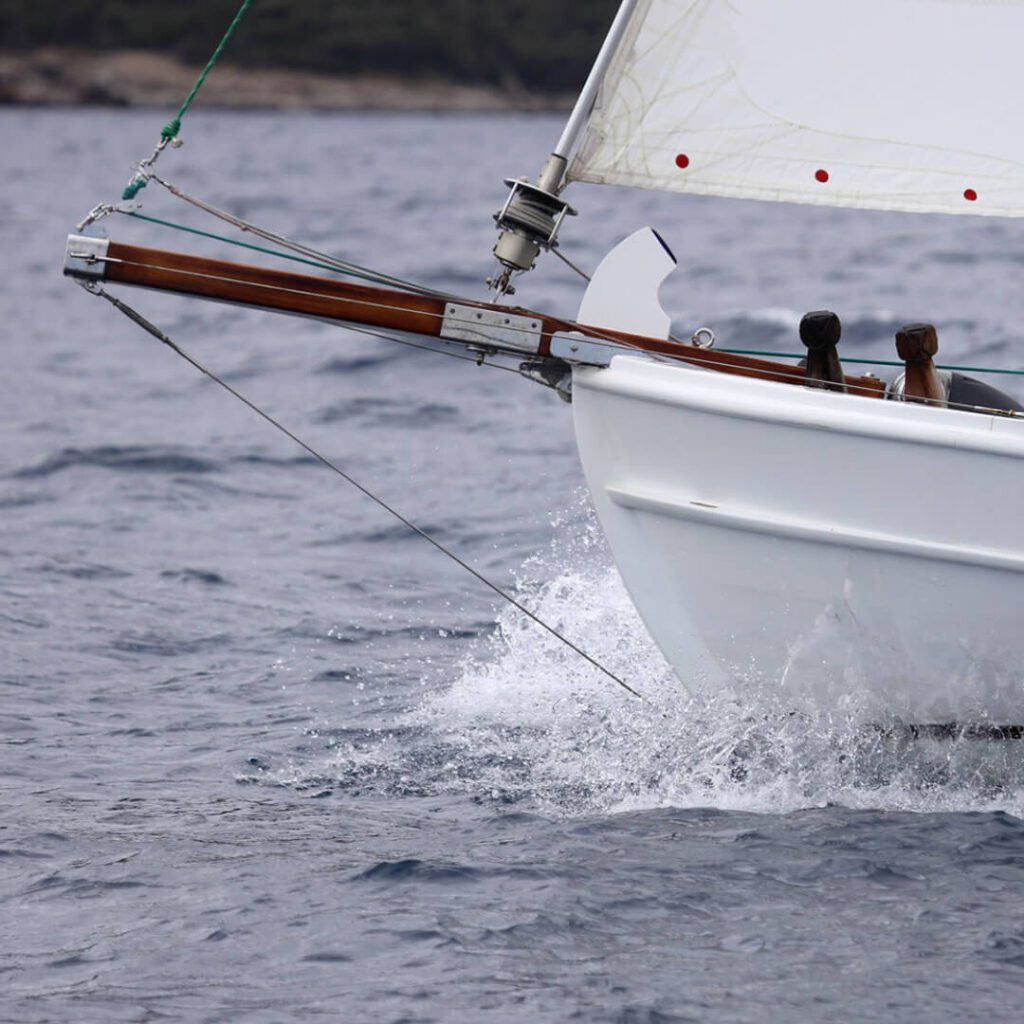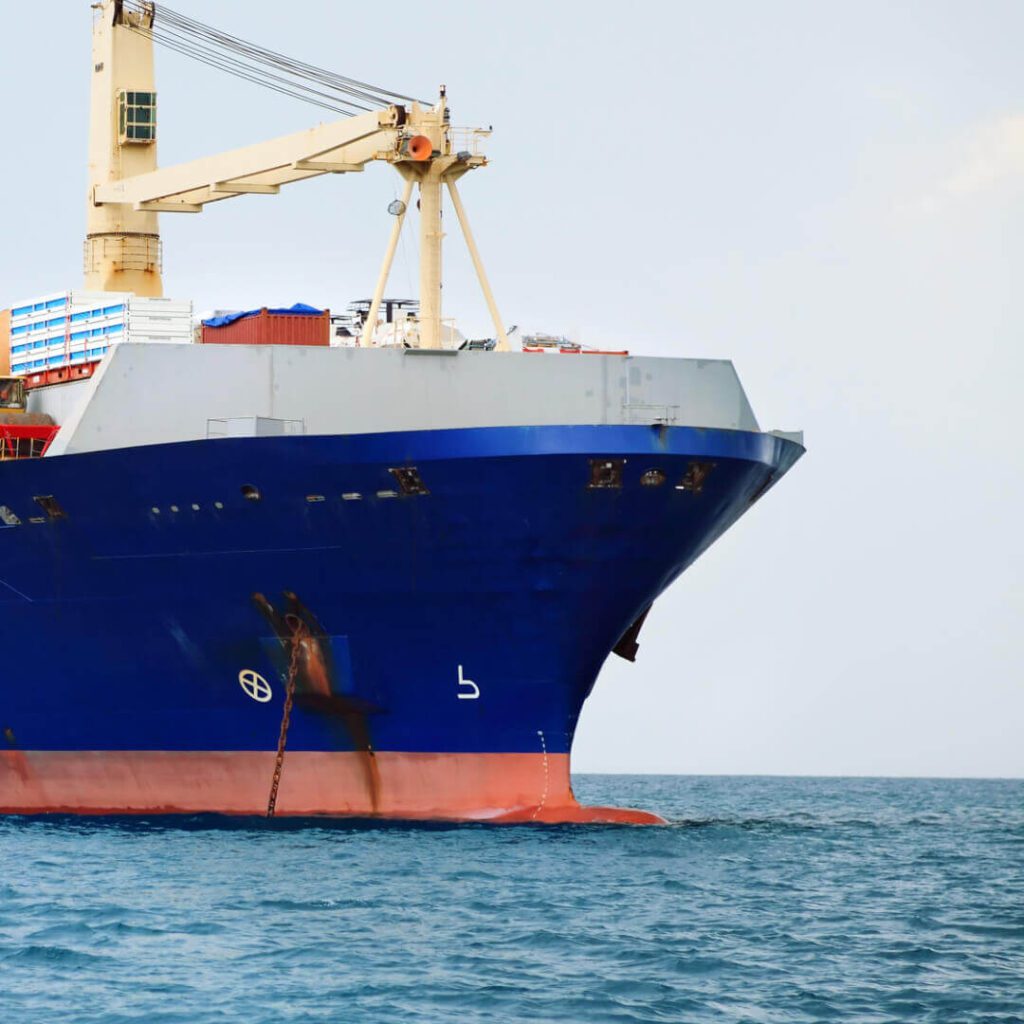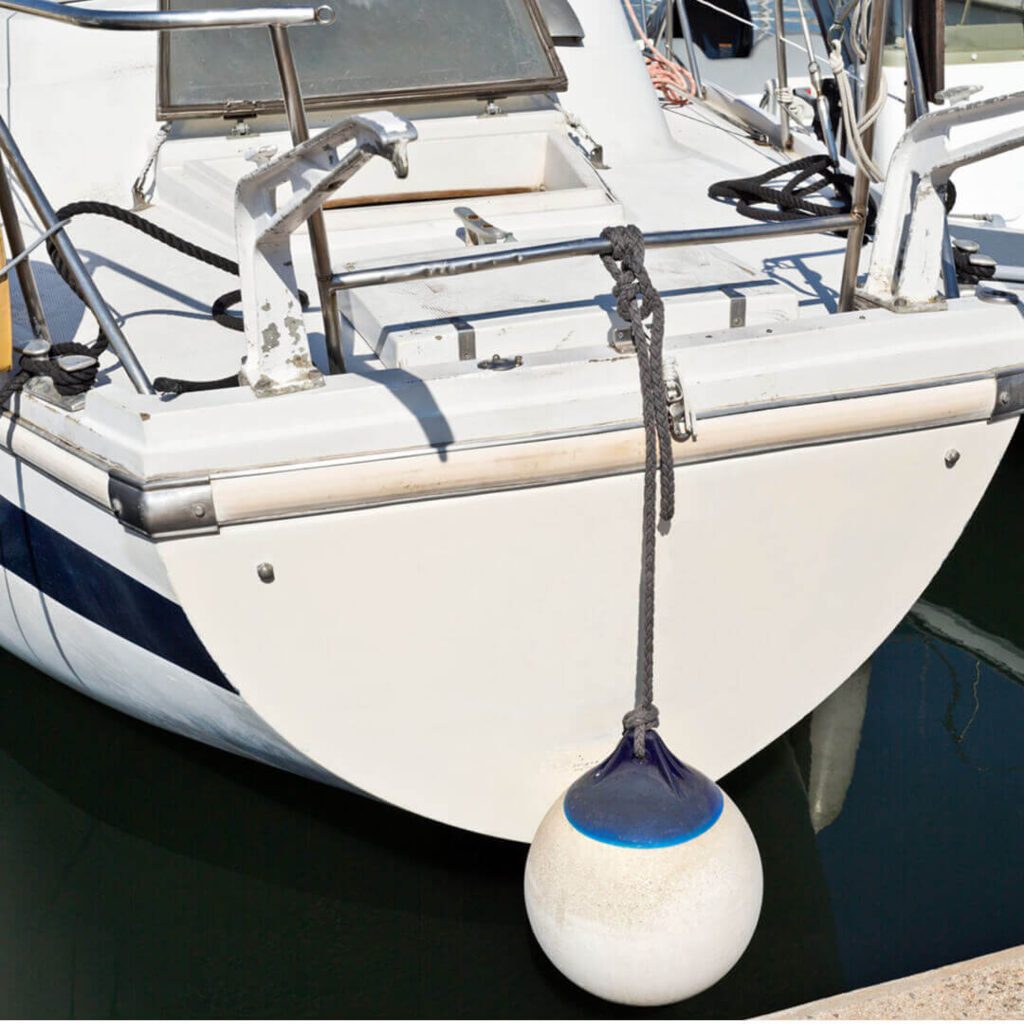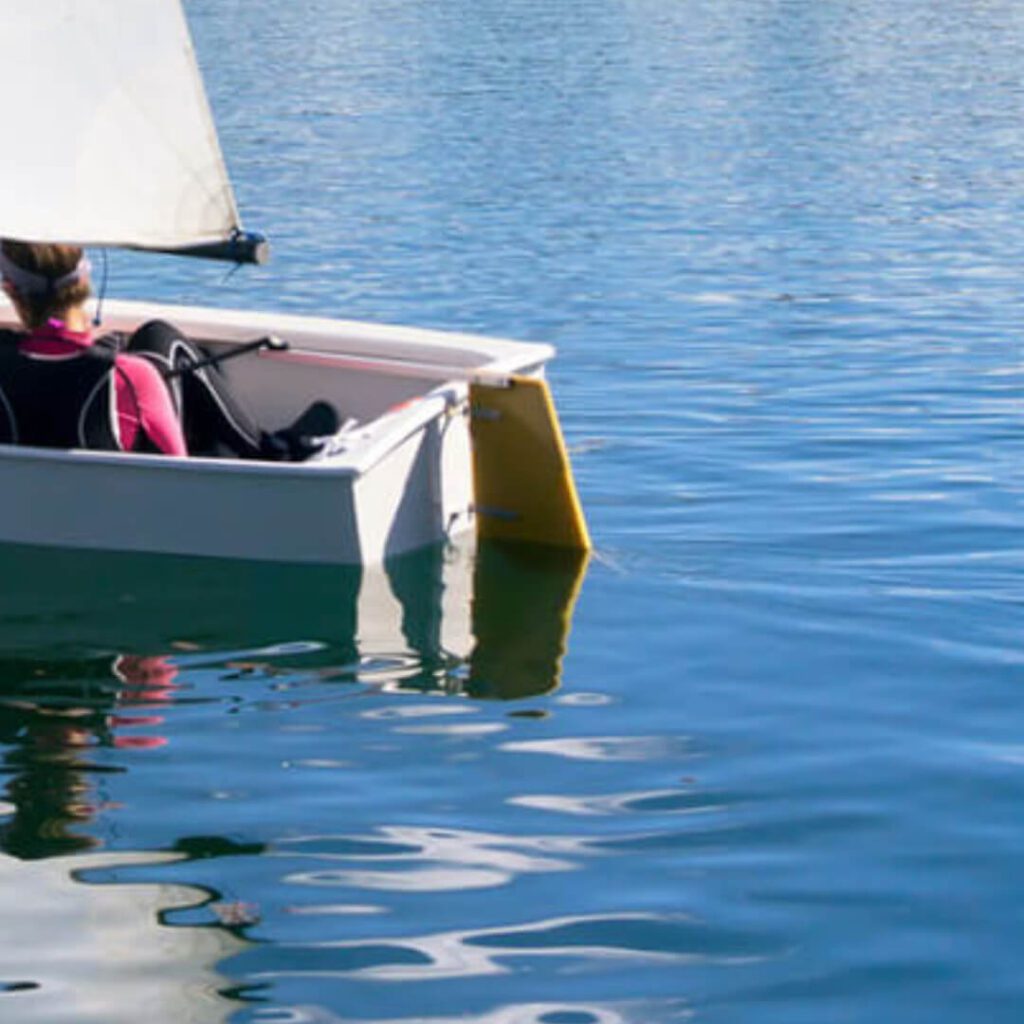When you have decided to take up boating, as I have recently, you must understand all the parts of a boat. The reason you need to understand the boats of a boat is that it will make you a better boater or sailor, but it will also help ensure your and your passenger’s safety.
The prow and stern of a boat are two essential terms for any boater to understand. The prow refers to the front side of the boat above the waterline. It is not the same as the boat’s bow, but it is part of the boat’s bow. The stern refers to the back or aft. Understanding the differences between these two areas of a boat is essential for any boater, whether they are experienced or just starting.
Table of Contents
- Why Is The Prow Of The Boat?
- What Is The Stern Of The Boat?
- Reasons Why Boaters Should Understand The Bow, Prow And Stern Parts Of A Boat
- Frequently Asked Questions
- Related Questions
Why Is The Prow Of The Boat?
Today most boaters will call the front of the boat the bow of the boat. But another part of the boat is also at the front, called the boat’s prow.
The boat’s prow is the part above the waterline when the boat cuts through the water; the bow is the front of the boat that cuts through the water.
Bow Of Boat Vs. Prow Of Boat

The boat’s bow is the vessel’s front or forward section. It is part of the boat that moves through the water first, and it usually comes to a point or has a curved shape to help it cut through the water more efficiently.
The bow is typically where the anchor is located, and many boats have a designated seating area for passengers to enjoy the view from the bow section of the boat.

On the other hand, the prow of a boat is the projecting front part of the boat’s hull above the waterline. It is usually a pointed or curved shape that extends above the waterline and is designed to enhance the boat’s aesthetic appearance or provide additional buoyancy.
The prow is often seen on larger boats, such as cruise ships or military vessels, and makes the ship look more imposing.
So, while both the prow and bow are located at the front of the boat, the bow is part of the boat that moves through the water, while the prow is part of the boat that extends above the waterline. It can be a decorative element of a boat’s design.
History Of The Word Prow Explained
The history of the prow terms dates back to ancient times when boats were first used for transportation and exploration. The term “prow” comes from the Latin word “proa,” which means the bow or front of a ship.
The prow was important for ancient sailors because it was the area of the ship used to navigate rough seas and protect the crew from storms and other dangers. The shape of the prow was designed to cut through waves and keep the ship stable in heavy seas.
Prow, for many, also refers to bow; even though they are similar, they are technically not the same. What is important to know is that the bow is the front part of the boat that cuts through the water, whereas the prow is the top part of the front of the boat. Sometimes the prow can have decoration on it.
What Is The Stern Of The Boat?
On the other hand, the stern of the boat was essential for steering and maneuvering the ship. The term “stern” comes from the Old English word “stieran,” which means the back of a ship.

The stern was where the rudder was located, which allowed the crew to steer the ship in the desired direction. The shape of the stern was also designed to reduce drag and increase speed.
For example, I sail on Lake Michigan in an Ensign sailboat. The Ensigns we sail do not have any motor, so the rudder is connected to the tiller and is located at the stern of the boat. Through the tiller and rudder, we can stern the sailboat through the waters of Lake Michigan.
The stern is also where the captain of our sailboats will sit to use the tiller to steer the boat.
Reasons Why Boaters Should Understand The Bow, Prow And Stern Parts Of A Boat
In modern times, the terms bow, prow, and stern are still used in the boating industry, although they are sometimes referred to as just the bow and aft, with the aft being the stern of the boat.

Understanding the differences between these two areas of a boat is essential for several reasons.
Understanding The Bow, Prow, And Stern Helps With Navigation
Understanding the bow, prow, and stern of a boat is essential for navigation. Knowing where the bow or prow is located can help boaters avoid obstacles and navigate through rough waters, while understanding the stern can help them steer the boat in the desired direction.
Understanding The Bow, Prow, And Stern Helps With Safety
Understanding the bow, prow and stern of a boat is essential for safety. The bow or prow is often the area of the boat most exposed to waves and other dangers, so boaters need to know how to navigate rough seas and protect themselves and their crew.
The stern is also essential for safety because the engine and fuel tanks are located if your boat has a motor; boaters need to be aware of any potential hazards in this area.
If you do not have a boat that has a motor but a boat like an Ensign sailboat as I sail, then you need to understand the stern as that is part of the boat you will use to steer the boat.
Understanding The Bow, Prow And Stern Helps You Understand Boat Maintenance
Any boat you own, sail or use will need boat maintenance. Knowing the part of the boat, including the bow, prow, and stern, is essential for maintenance.
Boaters need to know how to properly care for and maintain these areas of their boat to ensure that it remains in good condition and operates efficiently.
Understanding the differences between the bow, prow, and stern of a boat is essential for any boater, whether experienced or just starting. Knowing how to navigate, steer, and maintain these areas of a boat is essential for safety, efficiency, and enjoyment on the water.
So, whether you are a seasoned boater or just starting out, take the time to learn about the bow, prow, and stern of your boat and how to care for and maintain these parts of the boat properly.
At A Bus On A Dusty Road, we discuss travel, life, sailing, and ex-pat living. We are all about “Living Life As A Global Citizen.” We explore social, cultural, and economic issues and travel.
We would love to have you be part of our community. Sign up for our newsletter to keep up-to-date by clicking here. If you have any questions, please get in touch with me, Anita, by clicking here.
Listen to our Podcast called Dusty Roads. You can find it on all major podcast platforms. Try out listening to one of our podcasts by clicking here.
Subscribe to our A Bus On A Dusty Road YouTube Channel with great videos and information by clicking here.
Frequently Asked Questions
What is the difference between the prow and the stern of a boat?
The prow refers to the front side of the boat above the waterline, while the stern refers to the back or aft of the boat.
Is the prow the same as the bow of a boat?
No, the prow is not the same as the bow. The prow is a part of the boat’s bow, which refers to the entire front section below the waterline.
Why is it important to understand the difference between the prow and the stern?
Understanding the difference between the prow and the stern is crucial for boaters to navigate and communicate effectively on the water.
What are some common features found on the prow of a boat?
The prow of a boat may have features like cleats, anchor mounts, navigation lights, and a bow rail for safety and functionality.
What are some common features found on the stern of a boat?
The stern of a boat often contains features such as the engine or motors, propellers, rudders, swim platforms, and navigation lights.
Can the prow and stern of a boat affect its stability?
Yes, the design and weight distribution of the prow and stern can impact the stability and handling of a boat.
How does weight distribution on the prow and stern affect boat performance?
Improper weight distribution can affect the boat’s balance and may lead to poor handling, reduced fuel efficiency, or even safety hazards.
Are there any specific safety considerations related to the prow and stern?
Yes, boaters should be aware of the potential hazards associated with the prow, such as the anchor and sharp edges, as well as the propeller and exhaust systems located at the stern.
Related Questions
Sailing Skills – Rules Of Overtaking And Right Of Way On The Water
There are basic rules for who has the right of way in the water. A good skipper should clearly understand who the stand-on vessel is and who the give-way vessel is. A skipper must also understand when his boat is the stand-on boat when his boat is the give-way vessel, and who has the right of way on the waterways. The main object of all the rules of the water is to avoid a collision.
You can learn more by reading Sailing Skills – Rules Of Overtaking And Right Of Way On The Water by clicking here.
What Is Tacking In Sailing? Steps To A Proper Tack
Tacking is when you move the boat’s bow into the wind to turn the boat’s direction. It is a very common maneuver that all sailors must learn to master. But with any sailing maneuver, you must understand the proper steps to do a safe tack.
To learn more, you can read our blog on What Is Tacking In Sailing? Steps To A Proper Tack by clicking here.
What Is The Best Way To Remember The Points Of Sail When Sailing?
A jibe in sailing is when the boat moves with the stern through the wind. In a jibe, the stern will move through the wind. Like any sailing maneuver, when you have a crew, the helmsman or the captain steering the boat needs to adequately communicate with the crew about what is happening so that they know; this is especially true when jibing.
By clicking here, you can discover What Is The Best Way To Remember The Points Of Sail When Sailing?


